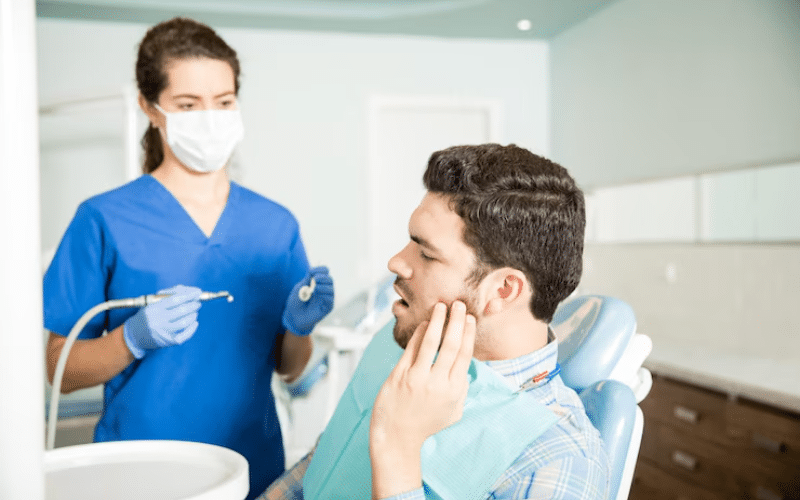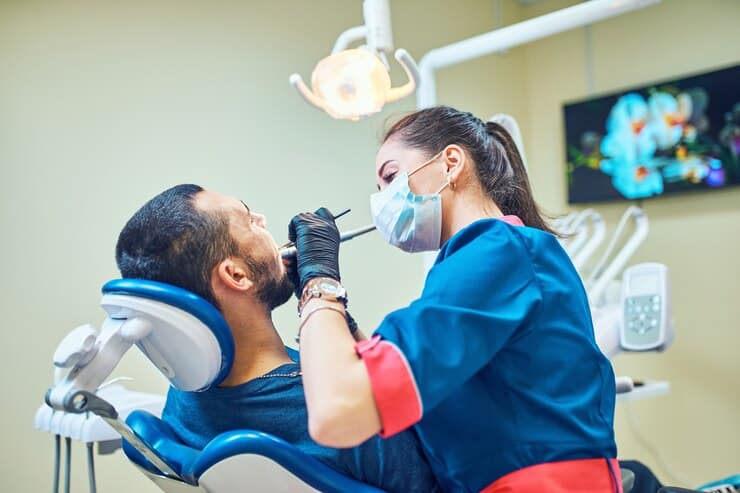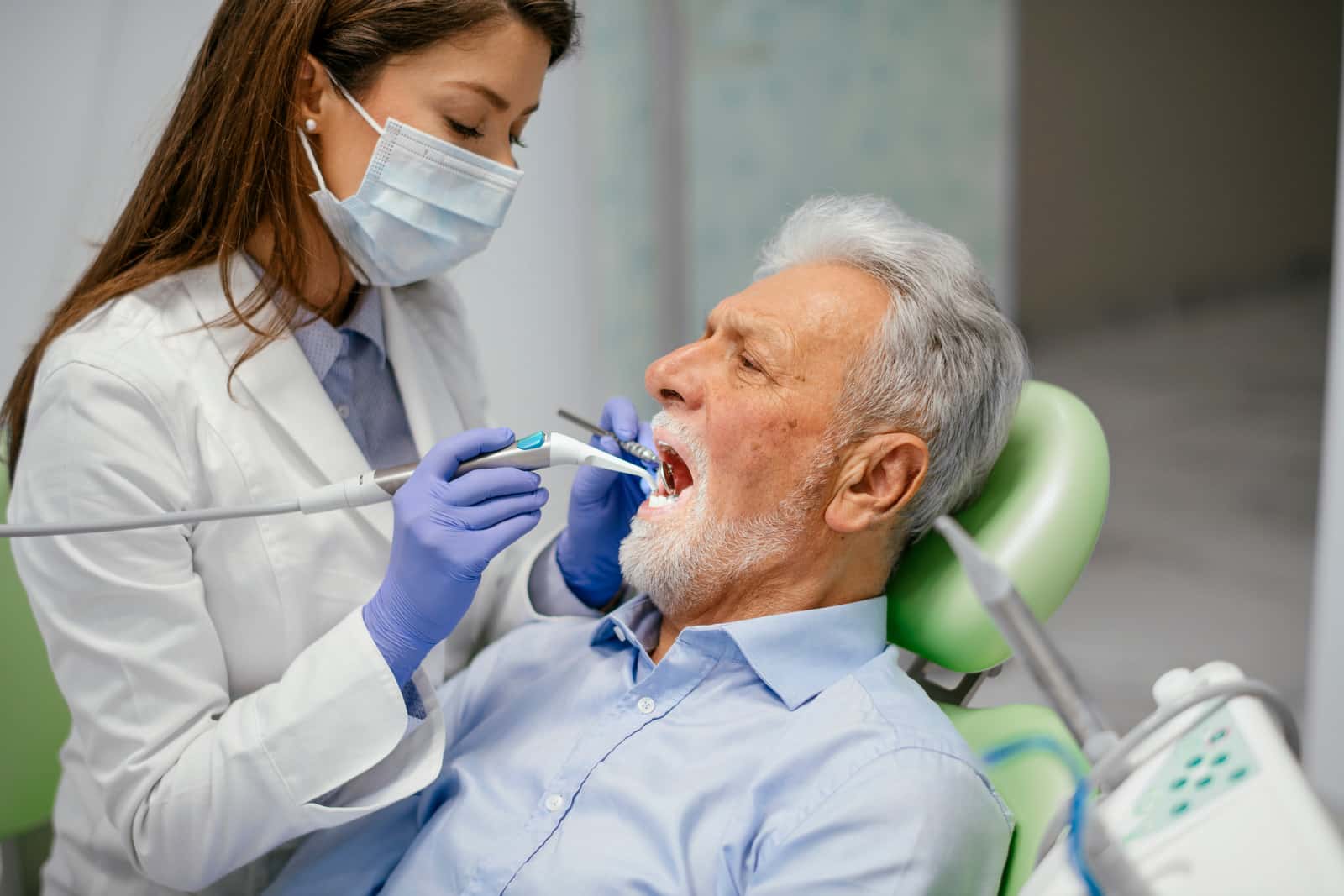
How Is a Cracked Tooth Fixed By an Emergency Dentist?
A cracked tooth can strike fear into anyone’s heart, turning a regular day into an emergency. Whether caused by an accidental fall, biting down on something hard, or underlying dental issues, a cracked tooth can lead to immediate discomfort and long-term complications if not addressed promptly.
Many people underestimate the severity of a crack, assuming it’s just a minor issue. However, this seemingly small problem can lead to significant pain, infection, and even tooth loss if left untreated. That’s where an emergency dentist comes into play. With the expertise to diagnose and treat a cracked tooth quickly, they can help alleviate pain and restore dental health.
In this blog, we’ll dive deeper into how an emergency dentist assesses the damage, the various treatment options available, and what you can expect during your visit. Understanding these steps is essential for effective recovery and maintaining a healthy smile.
Understand Cracked Teeth
Types of Cracks
To effectively treat a cracked tooth, it’s essential to understand the different types of cracks that can occur:
- Surface Cracks: Minor cracks that affect only the enamel and usually do not require treatment.
- Craze Lines: Fine, shallow cracks in the enamel; often seen in older adults and typically do not cause pain.
- Fractured Cusp: A break that occurs on the chewing surface of a tooth, often affecting a filling.
- Split Tooth: A tooth that has a crack extending from the top to the root, typically requiring extraction if severe.
- Vertical Root Fracture: A crack that starts in the root and extends toward the crown; often undetectable until symptoms appear.
Symptoms of a Cracked Tooth
Recognizing the symptoms of a cracked tooth can help you seek timely treatment. Common signs include:
- Pain when chewing or biting
- Sensitivity to hot or cold temperatures
- Swelling of the gums near the cracked tooth
- A visible crack in the tooth
What Are The Initial Steps To Take?
Seek Emergency Care
If you suspect you have a cracked tooth, it’s vital to see an emergency dentist as soon as possible. Delaying treatment can lead to further complications, including infection, tooth loss, and increased pain.
Pain Management
While waiting for your appointment, you can manage pain using the following methods:
- Over-the-Counter Pain Relievers: Medications like ibuprofen or acetaminophen can help reduce discomfort.
- Cold Compress: Applying a cold compress to the outside of your cheek can alleviate swelling and numb pain.
Diagnosis By an Emergency Dentist

Comprehensive Examination
When you arrive at the emergency dentist’s office, they will conduct a thorough examination, which may include:
- Visual Inspection: The dentist will look for visible cracks or chips.
- X-rays: Dental X-rays will help determine the extent of the damage, especially if the crack extends below the gum line.
- Pulp Vitality Testing: The dentist may perform tests to check the health of the tooth’s pulp.
Assessing How Serious The Crack Is
Based on the examination and X-rays, the dentist will classify the crack’s severity and recommend an appropriate treatment plan.
Treatment Options for a Cracked Tooth
1. Dental Bonding
What It Is: Dental bonding involves applying a tooth-colored resin to the cracked area.
When It Is Used: Best for minor cracks and chips.
Benefits:
- Quick and relatively inexpensive
- Restores the tooth’s appearance and function
2. Dental Crowns
What It Is: A crown is a cap placed over the entire tooth to restore its shape, size, and strength.
When It Is Used: Recommended for more significant cracks that affect the tooth’s structure.
Benefits:
- Provides excellent protection for damaged teeth
- Enhances the tooth’s appearance
3. Root Canal Treatment
What It Is: If the crack has extended to the tooth’s pulp, a root canal may be necessary to remove the infected tissue.
When It Is Used: Essential for cracked teeth causing severe pain or infection.
Benefits:
- Saves the tooth from extraction
- Relieves pain and prevents further complications
4. Tooth Extraction
What It Is: In cases where the tooth is severely damaged and cannot be saved, extraction may be necessary.
When It Is Used: Typically for split teeth or extensive vertical root fractures.
Benefits:
- Prevents infection from spreading
- Allows for future tooth replacement options, such as implants
Post-Treatment Care
After receiving treatment for a cracked tooth, follow these guidelines to ensure proper healing:
- Follow Dentist Instructions: Adhere to any post-treatment guidelines provided by your dentist.
- Maintain Good Oral Hygiene: Brush and floss regularly to prevent further damage.
- Avoid Hard Foods: Steer clear of hard or chewy foods that could stress the tooth.
- Schedule Regular Check-ups: Regular dental visits can help monitor your oral health and catch issues early.
Prevent Your Teeth From Cracks!
Preventive measures can help reduce the risk of cracked teeth:
- Wear a Mouthguard: If you grind your teeth at night or participate in contact sports, a mouthguard can protect your teeth.
- Practice Good Oral Hygiene: Regular brushing and flossing strengthen enamel and prevent decay.
- Limit Hard Foods: Avoid biting down on hard objects, such as ice or hard candy.
Overall, a cracked tooth can be painful, but prompt action and treatment from an emergency dentist can restore your dental health and prevent further complications. By understanding the types of cracks, seeking timely care, and following preventive measures, you can protect your smile and maintain optimal oral health.
Don’t hesitate to reach out to an emergency dentist if you suspect a cracked tooth—timely intervention is key to preserving your teeth for years to come.



